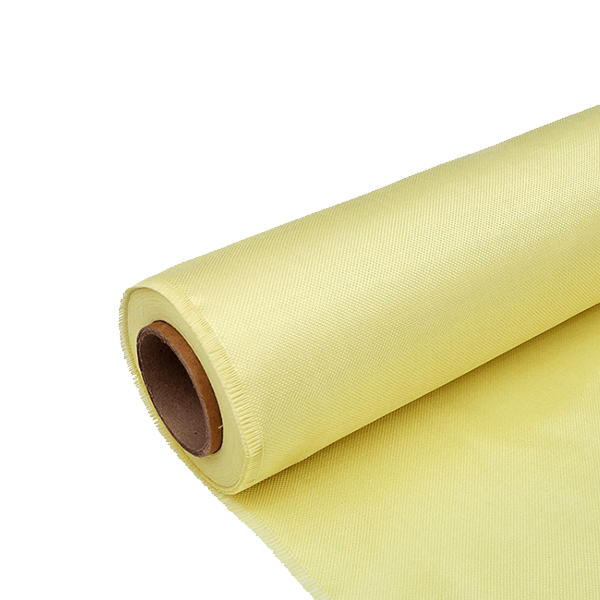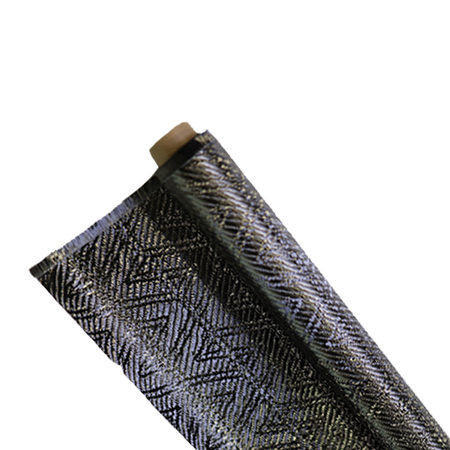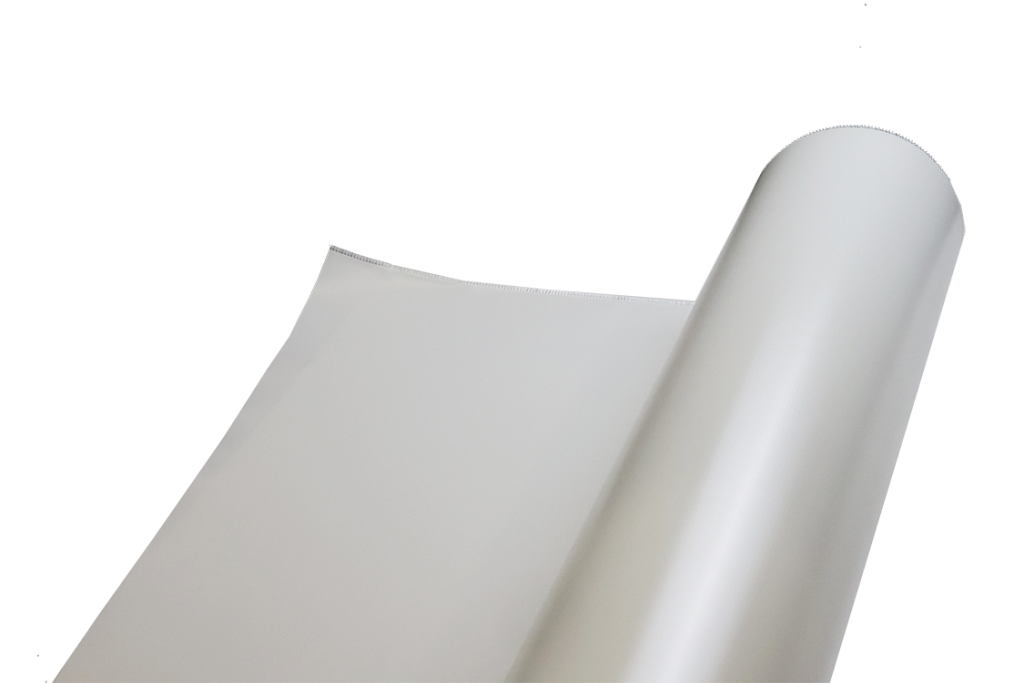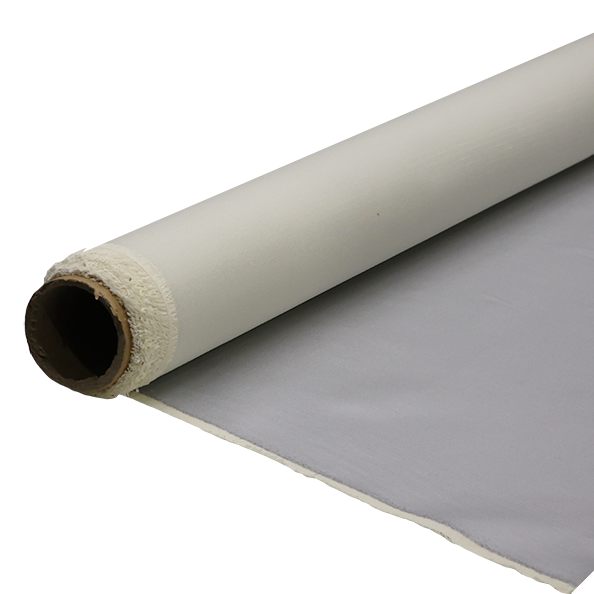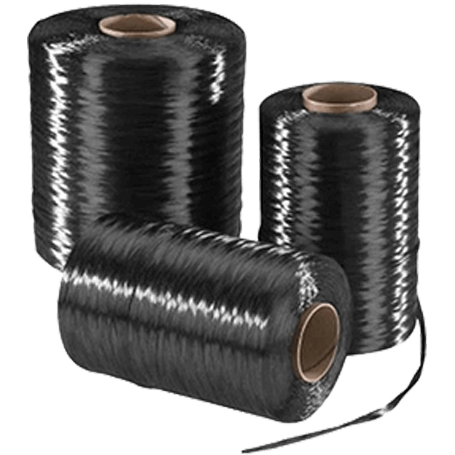All You Need to Know About Aramid Fiber
-
 Your Composites Expert Carbon Fiber Materials&Products
Your Composites Expert Carbon Fiber Materials&Products -
-1.png?width=686&height=617) Your Composites Expert Aramid Fiber Materials&Products
Your Composites Expert Aramid Fiber Materials&Products -
 Your Composites Expert UHMWPE Materials&Products
Your Composites Expert UHMWPE Materials&Products -
 Your Composites Expert Fiberglass Materials&Products
Your Composites Expert Fiberglass Materials&Products -
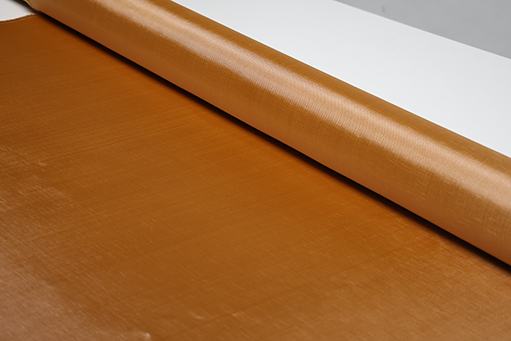 Your Composites ExpertPBO Materials&Products
Your Composites ExpertPBO Materials&Products -
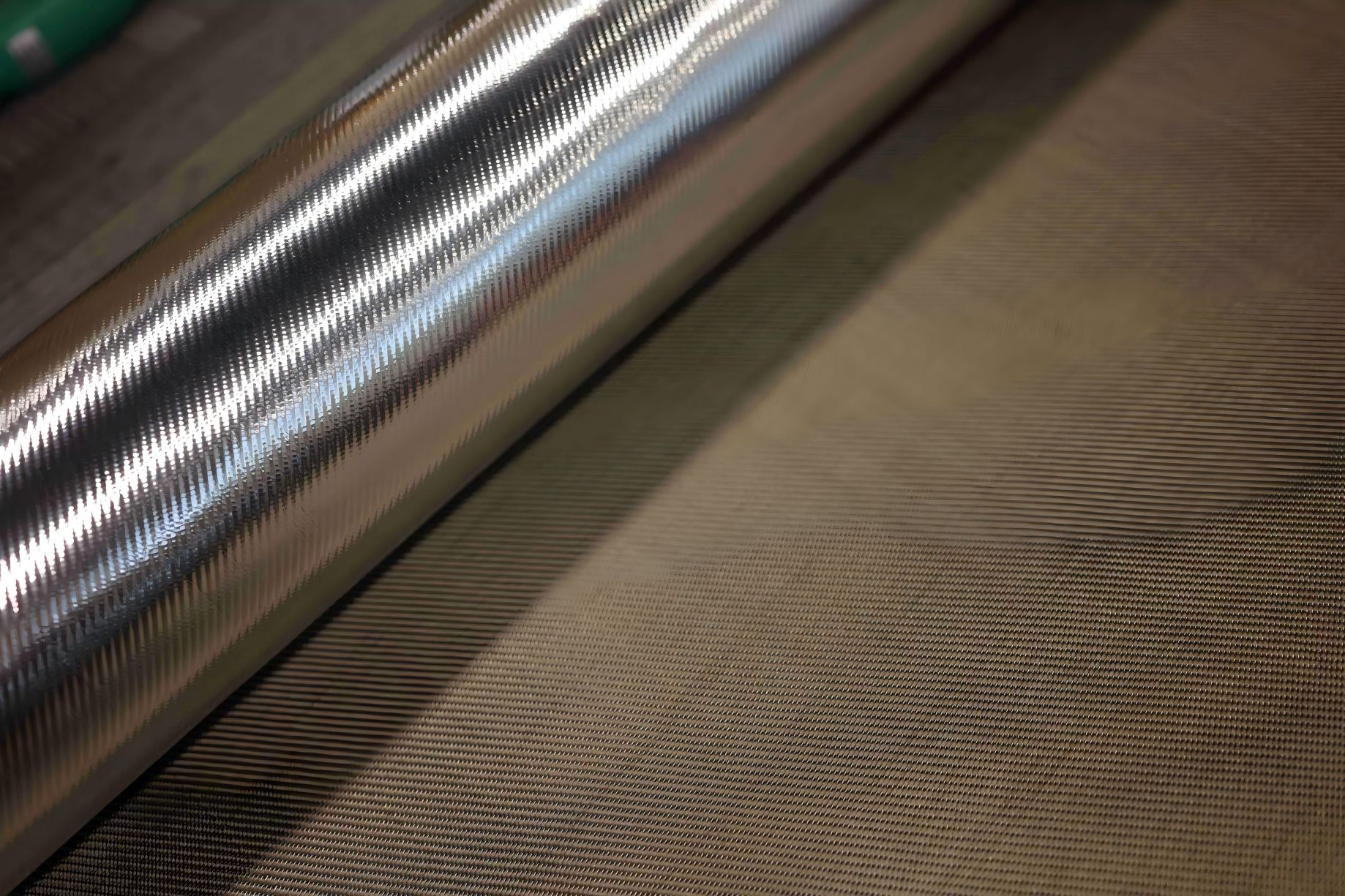 Your Composites Expert Basalt Materials&Products
Your Composites Expert Basalt Materials&Products
Classification of Aramid
The main products of aramid are meta-aramid and para-aramid. Aramid fiber is a synthetic fiber made from aromatic raw materials through polycondensation spinning.
The following are common classification methods of aramid fiber:
- According to structural, aramid can be divided into para-aramid, meta-aramid and ortho-aramid
- According to the type of polymerized monomer, aramid can be divided into aramid type I, aramid type II, aramid type III and Heterocyclic aramid.
- The most practical varieties of aramid are meta-aramid 1313, which has a zigzag molecular chain, and para-aramid 1414, which has a linear molecular chain.
➢ Meta-aramid (aramid 1313) is called polyisophthalyl-m-phenylenediamine fiber, or PMIA for short. The main raw materials are isophthaloyl chloride (IPC) and m-phenylenediamine (MPD). It has excellent thermal stability, flame retardancy, electrical insulation, chemical stability and radiation resistance.
➢ Para-aramid (aramid 1414) is called polyparaphenylene terephthalamide fiber.
Abbreviated as PPTA, the main raw materials are terephthaloyl chloride (TPC) and p-phenylenediamine (PPD). Para-aramid has excellent properties such as high specific strength, high specific modulus, high temperature resistance and flame retardancy. Para-aramid, carbon fiber and high-strength and high-module polyethylene are known as the world's three major high-performance fibers.
Aramid Is A New Material That Is Being Developed Internationally
Para-aramid, carbon fiber and high-strength high-module polyethylene are known as the world's three major high-performance fibers. They have excellent properties such as high specific strength, high specific modulus, high temperature resistance and flame retardancy. In addition, they also have low thermal conductivity and small temperature change coefficient. , high dimensional stability and other advantages.
| Performance | Features |
| High strength | Specific tensile strength is 5-6 times that of steel fiber. |
| High modulus | Specific modulus is twice that of steel fiber. |
| High temperature resistance | Thermal decomposition 550℃, long-term use at 220℃. |
| Strong toughness | Soft, non-brittle, strong impact resistance. |
| Flame retardancy | Self-extinguishing, high aerobic index. |
| Chemical resistance | Good corrosion resistance and crack resistance. |
➢ China has listed para-aramid fibers and fibers as one of the new materials that our country is focusing on developing. The State Council, National Development and Reform Commission, and Ministry of Industry and Information Technology have repeatedly included aramid fiber in the development list of key new materials.
➢ Para-aramid is currently the most widely produced and widely used high-performance fiber. It is an indispensable strategic material for national security and plays an irreplaceable role in the fields of national defense, aerospace, transportation, information and new energy.
Main Applications of Para-aramid Fiber
➢ 40% of the downstream para-aramid fiber is used for fiber reinforcement (optical cables, data lines, etc.)
➢ 20% is used for bulletproof protection (high temperature protective clothing, bulletproof helmets, etc.). Military bulletproof helmets, gloves and other materials are in urgent demand
➢ 20% is used in the automotive rubber industry (rubber tires, automotive hoses, clutch pads, brake pads, etc.)
➢ 20% is used for composite materials (synchronous transmission belts, honeycomb materials, etc.)
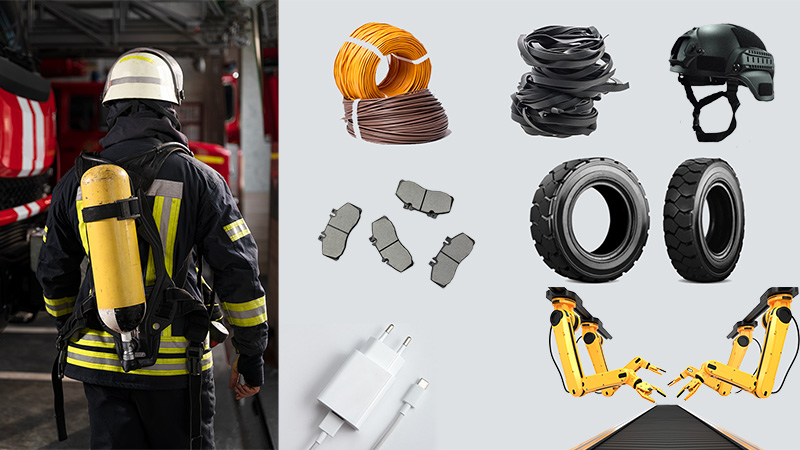
New Energy Vehicles Drive Demand for Diaphragms

Separator coating technology comprehensively improves separator performance and effectively improves battery safety. Lithium battery coating materials are coated on the lithium battery cell separator to improve the heat resistance of the separator, enhance the puncture resistance of the separator, and improve the safety performance of the lithium battery.
Since the main raw materials of the separator, polyethylene and polypropylene, have relatively low heat distortion temperatures, the separator will undergo severe thermal shrinkage when the temperature is too high, causing the positive and negative electrodes of the battery to come into contact and cause a short circuit. By applying coating materials on the surface of the separator, separator coating technology not only greatly improves the thermal stability of the separator, but also increases the tensile strength and air permeability rate, thereby improving the safety of the battery and is an effective measure to ensure the safety of new energy vehicles.
New energy vehicles are rapidly driving demand for power lithium batteries, and demand for separators is growing rapidly. According to statistics from the Advanced Industrial Research Institute, global power lithium battery shipments in 2020 were 137GWh, and are expected to reach 137GWh in 2025.
The total installed capacity of the global power lithium battery market is 829GWh, with an average annual compound growth rate of 36.5%.


